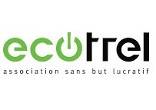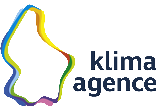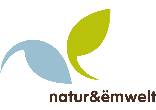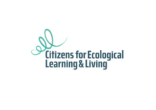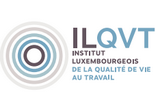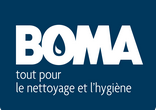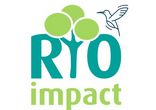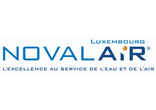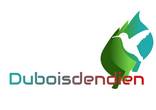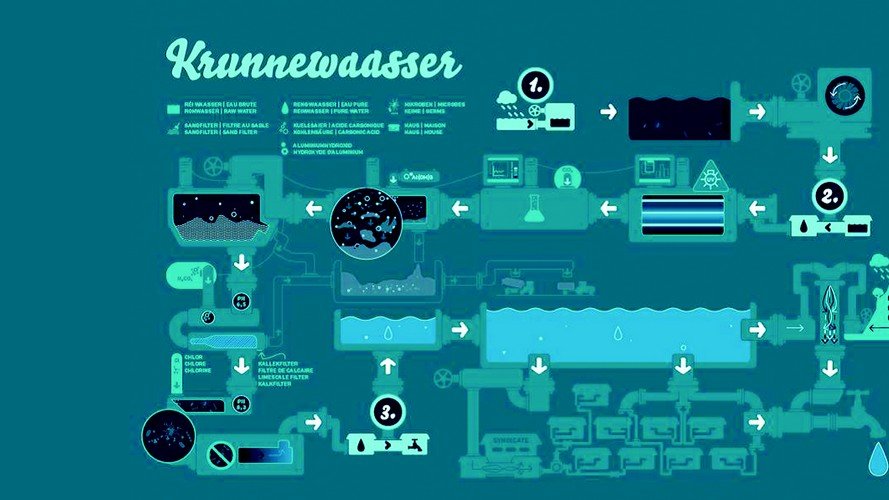
Aluminium and chlorine
Today’s topic is our drinking water with a focus on potential harmful substances that we do not find in raw water but that are put in during the water treatment process in order to make water potable and non-perishable. Just watch a few moments the infographics – it illustrates the process of changing raw water into drinking water with the help of a lot of chemistry – not always healthy for humans !
Member States of the European Union are legally bound to the Drinking Water Directive (DWD – 98/83/EC) dealing with the quality of water intended for human consumption. Its objective is to protect human health from adverse effects of any contamination of water intended for human consumption by ensuring that it is wholesome and clean (http://eur-lex.europa.eu/legal-content/EN/TXT/?uri=CELEX:31998L0083). So far so good. As you already know from the previous newsletter vol. 2 the water bodies in Luxembourg are in a miserable health status. So therefore it is allowed (but not expressis verbis written in the DWD) to use a serial of chemical products during the water treating process in order to transform chemical cocktail water into fresh drinking water. Article 10 of DWD says Member States shall take all measures necessary to ensure that no substances used in the preparation of water intended for human consumption or impurities associated with such substances remain in water intended for human consumption in concentrations higher than is necessary for the purpose of their use and do not, either directly or indirectly, reduce the protection of human health provided for in this Directive.
The Luxembourgish drinking water act (http://www.legilux.public.lu/leg/a/archives/2002/0115/a115.pdf#page=2) refers to an exclusive listing of usable substances called technical additives to be used to treat raw water. Among these additives are several products based on aluminium and based on chlorine.
Aluminium is the most abundant metallic element of Earth’s crust but the production process needs abundant fossil energy input. Aluminium as a metallic compound is one of the rare elements that are definitely not needed by human metabolism for life but aluminium salts are widely used in water treatment as coagulants to reduce organic matter, colour, turbidity and microorganism levels. WHO says that on the whole, the positive relationship between aluminum in drinking-water and Alzheimer disease, which was demonstrated in several epidemiological studies, cannot be totally dismissed. However a causal relationship is missing apparently.
SEBES, the local water syndicate (http://sebes.lu/Fr/Presentation/traitement.asp) is the company that oversees Esch-sur-Sûre reservoir and delivers between 50,000 and 57,000 cubic litres a day from the Haute-Sûre lake in Esch-sur-Sûre – this represents around 40 percent of water consumption. SEBES uses day-in day-out aluminium salts in the water treatment process but this is not mentioned at the website. In the end, drinking water leaves the plant with an aluminium residue of 0,02 mg per litre.
As local water sources are more and more sustainably contaminated especially by pesticides the water supply takes more and more kilometres to reach households – therefore public authorities are focused on disinfection, most of all chemical disinfection. The chlorine disinfection creates by-products called trihalomethanes (THM). THMs are a group of more than 60 chemicals, including chloroform — created as by-products when water with excessive algae is treated with chlorine to disinfect it. In summer time the Haute-Sûre lake in Esch-sur-Sûre is impacted by an uncontrollable growth of algae’s. Different studies say that THM is considered potentially carcinogenic but in general public authorities downplay the risk, saying such studies are “inconsistent”. It seems even that boiling water with high levels of THMs can actually increase their potency and therefore could create an imminent danger to public health because the volatile chemicals are released and absorbed by the skin and through inhalation at a rate 5-15 times faster than drinking the water (http://www.ncbi.nlm.nih.gov/pubmed/15743631).
In Luxembourg there exist 105 municipalities and each municipality is the legal water provider. According to national legislation the water provider is obliged to treat user’s questions dedicated to the quality of water. Unfortunately there does not exist a public centralized and dynamic database about THM concentrations in drinking water. And I am not sure that the national water authority is conscientious of this lack of centralized consistent data about potential harmful substances in drinking water. However what I know is that a poor, non-proactive and non-citizen oriented communication from authorities towards users reduces citizen’s confidence in public services.
In a certain sense it is black humour if the DWD says that Member States shall take the measures necessary to ensure that water intended for human consumption is wholesome and clean.
Article de notre partenaire Waasser Consulting


